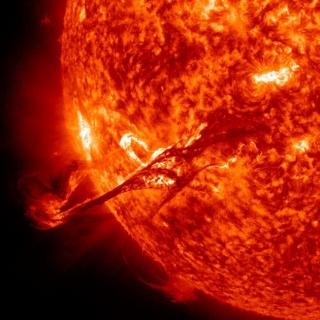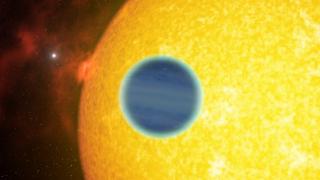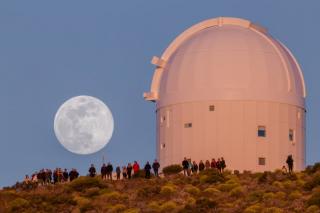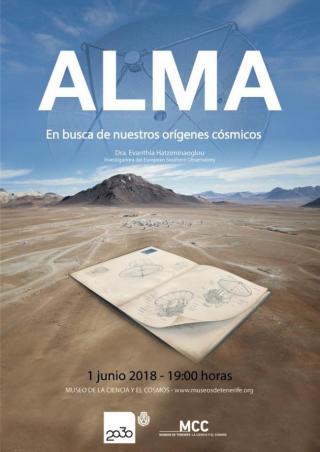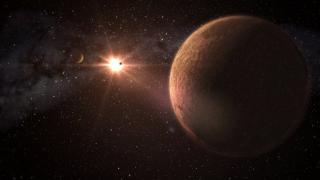
The Instituto de Astrofísica de Canarias (IAC) and the University of Oviedo present today the discovery of two new planetary systems, one of them hosting three planets with the same size of the Earth.
Advertised on
This section includes scientific and technological news from the IAC and its Observatories, as well as press releases on scientific and technological results, astronomical events, educational projects, outreach activities and institutional events.

